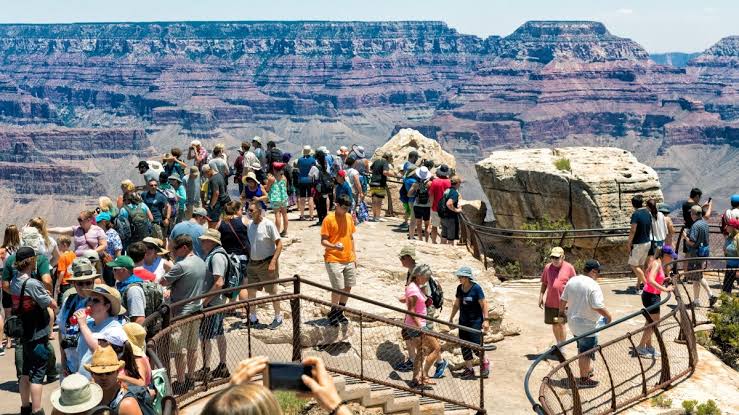In recent years, the phenomenon of over tourism has become a growing concern for many popular destinations across the United States. While tourism brings economic benefits and cultural exchange, the surge in visitor numbers can also pose significant challenges to local communities and their way of life. From congested streets to rising living costs, the consequences of over tourism can deeply affect the fabric of communities, prompting a need for sustainable tourism management strategies.
One of the primary issues exacerbated by over tourism is the strain on local infrastructure. Popular destinations such as New York City, Los Angeles, and San Francisco often experience overcrowded public transportation systems, congested roads, and overwhelmed public facilities during peak tourist seasons. This strains the capacity of local services and impacts the quality of life for residents who navigate through bustling tourist crowds on a daily basis.
Furthermore, overtourism can lead to environmental degradation. Overvisited natural sites like national parks and scenic coastlines face erosion, pollution, and habitat destruction due to increased foot traffic and inadequate waste management. Fragile ecosystems suffer as tourist activities encroach upon protected areas, jeopardizing biodiversity and the long-term sustainability of these natural landscapes.
Another significant impact of over tourism is the commodification of local culture and heritage. As destinations become overly commercialized to cater to mass tourism, authentic local experiences and traditions can be overshadowed or altered to meet tourist demands. This commercialization can lead to the displacement of traditional businesses and artisans in favor of tourist-oriented establishments, impacting the cultural identity of the community.
The economic consequences of over tourism are complex. While tourism generates revenue and job opportunities, the benefits are not always equitably distributed among residents. Local businesses catering exclusively to tourists may contribute to rising property prices and living costs, leading to gentrification and the displacement of long-term residents. This economic disparity can create social tension and exacerbate inequalities within the community.
Moreover, overtourism poses a threat to the preservation of historical sites and landmarks. Overcrowding and overuse of historic sites can accelerate wear and tear, necessitating costly maintenance and restoration efforts. Excessive visitor footfall can compromise the authenticity and integrity of these cultural treasures, undermining their value as heritage assets for future generations.
To address the challenges of overtourism, destination management strategies must prioritize sustainable tourism practices. This includes implementing visitor quotas, promoting alternative destinations, and diversifying tourism offerings beyond popular landmarks. Community engagement and consultation are essential to ensure that tourism development aligns with local needs and values.
While tourism is a vital economic driver for many communities in the United States, the unchecked growth of tourism can lead to negative impacts on local residents, culture, and environment. Overtourism underscores the importance of adopting responsible tourism management strategies that prioritize community well-being, cultural preservation, and environmental stewardship. By promoting sustainable tourism practices, destinations can achieve a balance between visitor satisfaction and the long-term resilience of local communities.











